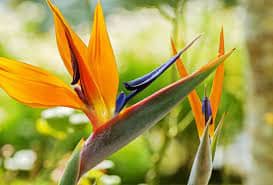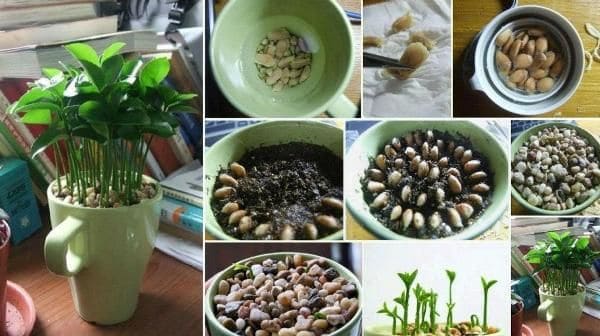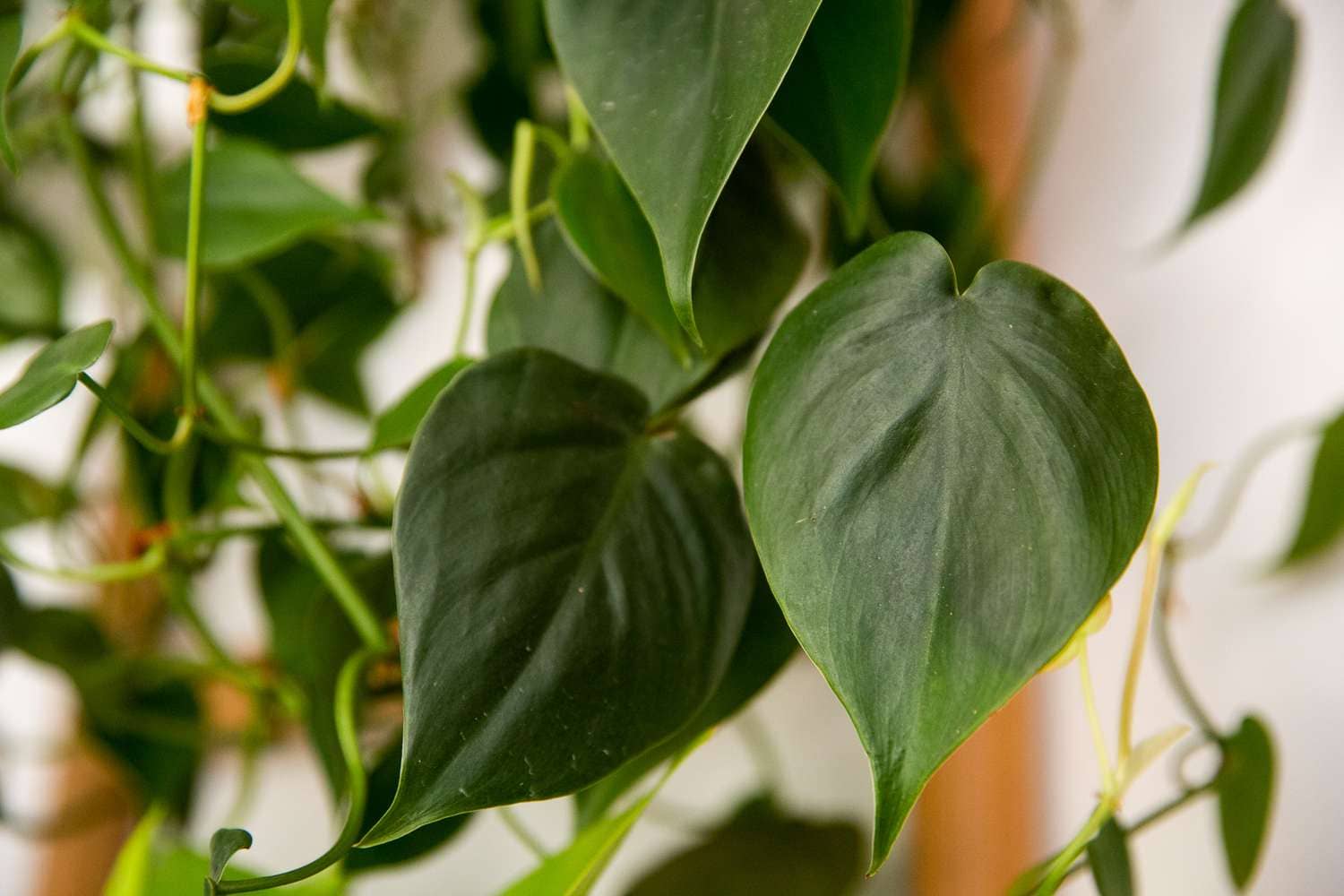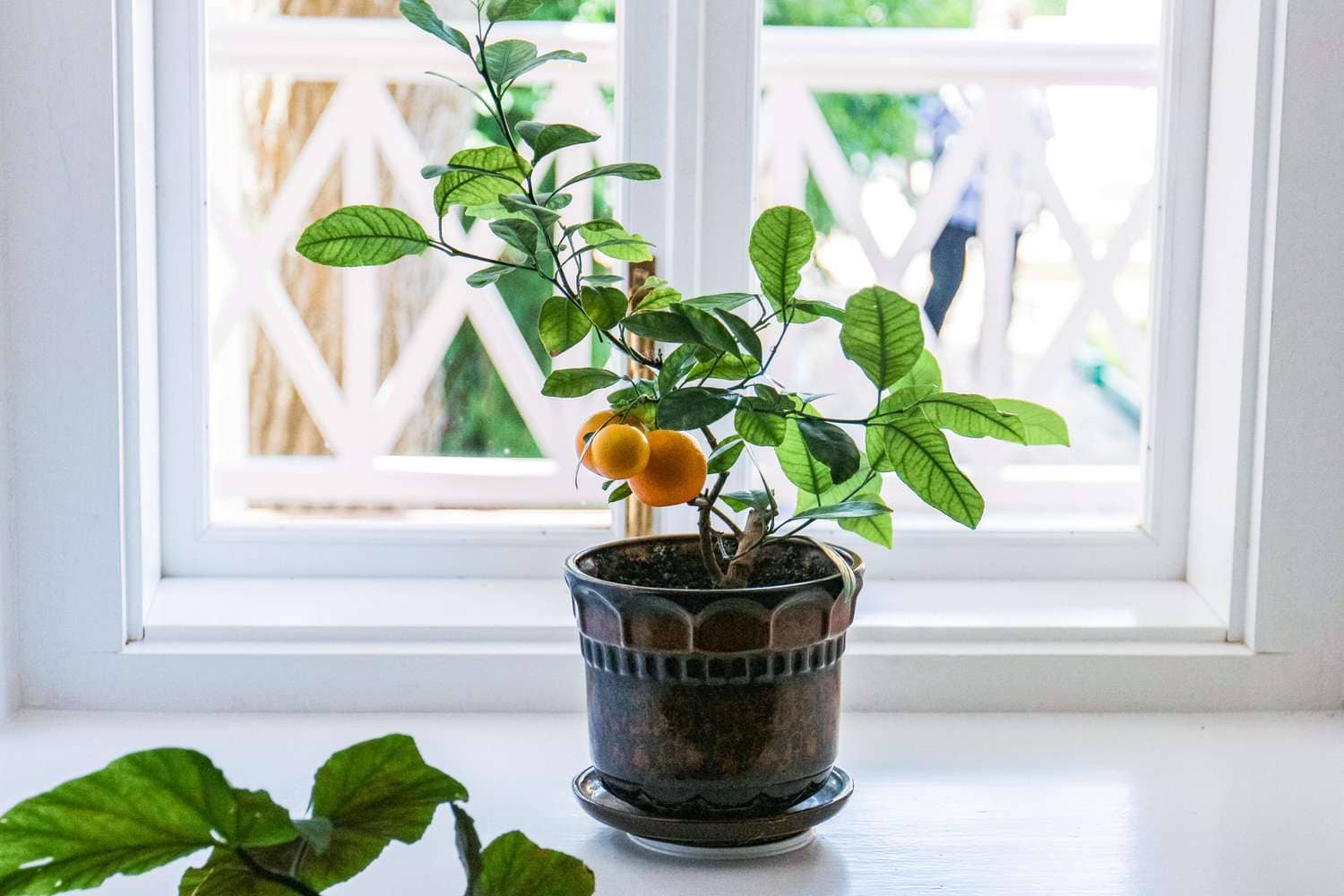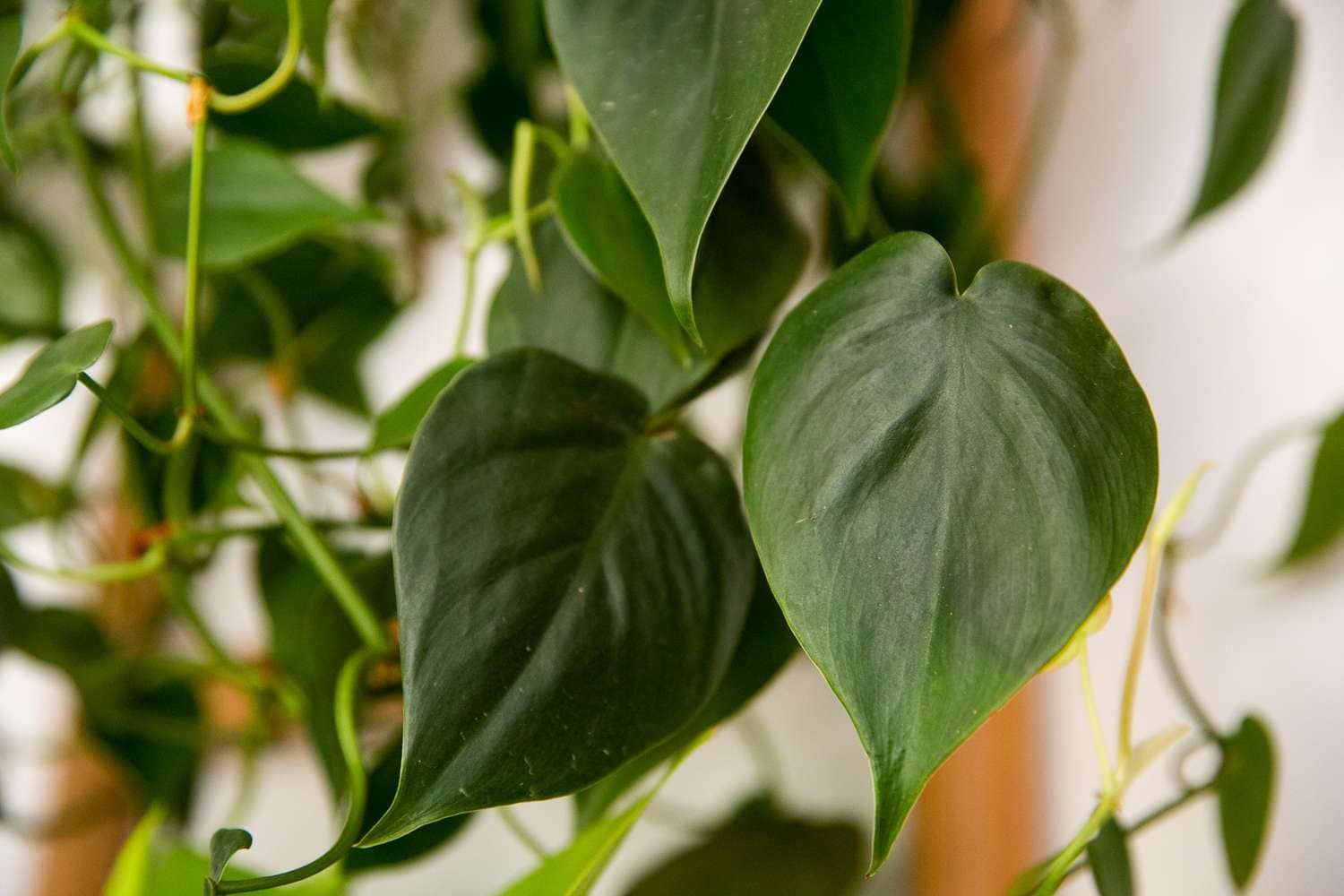Introduction
Nestled in the lush landscapes of tropical regions, the Birds of Paradise plant stands as a beacon of exotic beauty and allure. With its striking foliage and vibrant flowers, this botanical marvel has captured the fascination of plant enthusiasts and interior decorators alike. In this comprehensive guide, we delve into the captivating world of Birds of Paradise plants, exploring their origins, characteristics, cultivation tips, and much more.
Origins and Diversity
The Birds of Paradise plant, scientifically known as Strelitzia, traces its origins to South Africa. Named after Queen Charlotte of Mecklenburg-Strelitz, these plants belong to the Strelitziaceae family and encompass several distinct species. Among the most renowned are:
- Strelitzia Reginae: Also known as the “Classic Bird of Paradise,” this species boasts vibrant orange and blue flowers reminiscent of a bird in flight.
- Strelitzia Nicolai: Often referred to as the “Giant White Bird of Paradise,” this species features larger leaves and striking white blooms, evoking a sense of tropical grandeur.
- Strelitzia Juncea: Recognized for its unique rush-like leaves, the “Rush-Leaved Bird of Paradise” offers a sleek and contemporary aesthetic.
- Strelitzia Mandela’s Gold: Named in honor of Nelson Mandela, this cultivar showcases golden-yellow flowers, adding a touch of warmth to any landscape.
- Strelitzia Alba: A rare variation, the “White Bird of Paradise,” distinguishes itself with its pristine white flowers and elegant foliage.
Cultivation and Care
While Birds of Paradise plants thrive in tropical climates, they can also be cultivated indoors with proper care. Here are some essential tips for cultivating and nurturing these botanical wonders:
- Light: Birds of Paradise plants prefer bright, indirect sunlight. Place them near a window where they can receive ample light without being exposed to direct sunbeams.
- Watering: Keep the soil consistently moist but not soggy. Allow the top inch of soil to dry out between watering sessions, especially during the growing season.
- Temperature and Humidity: Maintain a warm and humid environment, ideally between 65°F to 70°F (18°C to 21°C). Regular misting can help increase humidity levels, particularly in dry indoor spaces.
- Soil: Use a well-draining potting mix rich in organic matter. Avoid heavy soils that retain excess moisture, as they can lead to root rot.
- Fertilization: Feed Birds of Paradise plants with a balanced fertilizer during the growing season (spring and summer). Dilute the fertilizer to half strength to prevent nutrient buildup.
- Pruning: Trim dead or damaged leaves to promote healthy growth and maintain the plant’s aesthetic appeal. Remove spent flowers to encourage continuous blooming.
- Repotting: Repot Birds of Paradise plants every 2-3 years to refresh the soil and provide ample space for root growth. Choose a pot that is one size larger than the current container.
Aesthetic Appeal and Symbolism
One of the most captivating aspects of Birds of Paradise plants is their aesthetic allure. With their bold foliage and flamboyant flowers, these plants add a touch of tropical splendor to any setting. In addition to their ornamental value, Birds of Paradise plants hold symbolic significance in various cultures, representing freedom, beauty, and paradise on earth.
Conclusion
From their origins in South Africa to their widespread popularity in gardens and interiors worldwide, Birds of Paradise plants continue to captivate admirers with their exotic charm and timeless appeal. Whether adorning a tropical landscape or gracing a living room corner, these botanical treasures never fail to evoke a sense of wonder and admiration. With proper care and attention, you too can experience the enchantment of Birds of Paradise plants in your own home or garden.

